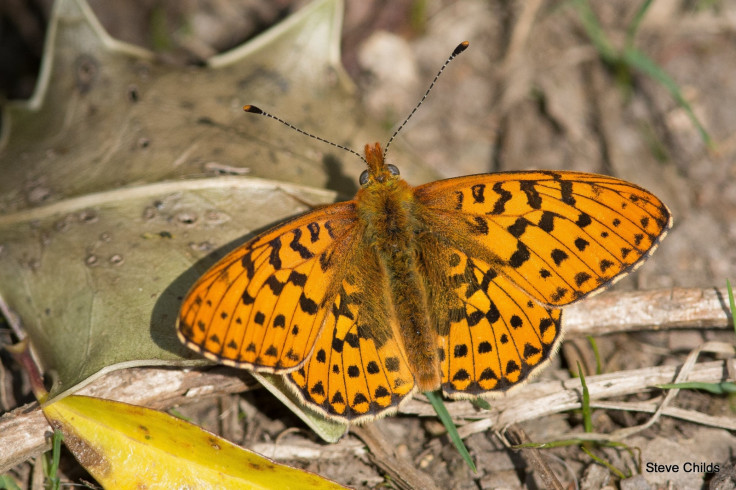David Attenborough: Worrying decline in UK butterfly count makes several species vulnerable
There are many endangered species of butterfly in the UK.

The UK's butterfly population is flagging, believes broadcaster and naturalist Sir David Attenborough. Unless we do something about it quickly, some of the most iconic species could be put at risk.
Some of the threats facing UK butterflies are caused by natural variations in weather. Several cold winters have hit butterfly populations hard.
But one of the main problems making matters worse for butterflies is habitat loss. The development of wild spaces into agricultural fields leaves the insects with nowhere to go.
More than 75% of UK butterfly species are experiencing population decline, the BBC reports.
Species such as the small tortoiseshell, peackock, meadow brown and gatekeeper butterflies suffered because of a warm winter followed by a cold spring.
"Worryingly, we are now seeing the fortunes of some of our once common butterflies mirror those of our rarest species and they too are now also suffering significant declines with butterflies declining more rapidly in urban areas than in the countryside," Sir David, who is president of the charity Butterfly Conservation, said.
"In the last decade our butterflies have experienced several poor years and, although resilient, they simply cannot sustain repeated losses, especially if the habitats they need in order to rebuild their populations are also under threat."
Several native butterflies in the UK have gone extinct in the last 150 years. The Black-veined white, the large copper, the mazarine blue and the large tortoiseshell have not been seen in the UK for decades or centuries. The large blue is extinct in the UK and is globally endangered.
Those still present in the UK but closest to extinction include the high brown fritillary, the chequered skipper, the wood white, the white-letter hairstreak, the black hairstreak, the Duke of Burgundy, the pearl-bordered fritillary, the Glanville fritillary and the heath fritillary.
Last year, numbers of butterflies spotted in the annual Big Butterfly Count collapsed. The average number of butterflies spotted per participant was just 12.
"The importance of Big Butterfly Count is that it takes place every year over a long period; the longer it goes on the more we can learn about the causes that are driving the declines and in some cases, increases of our beautiful butterfly species," Butterfly Conservation's Richard Fox said in a statement at the time.
© Copyright IBTimes 2025. All rights reserved.





















